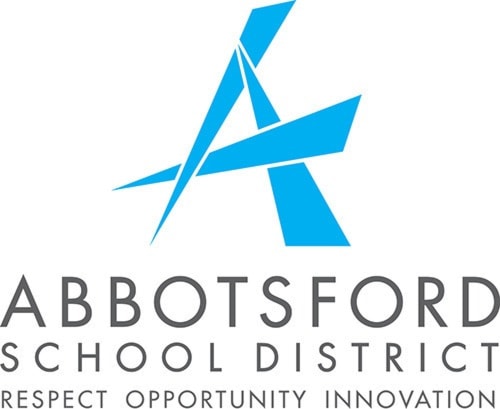The Abbotsford School District is planning to dip into its accumulated surplus while chopping discretionary spending at schools to make up a $3.6-million budgetary shortfall, trustees heard Tuesday.
Staff presented a preliminary budget which will see $1.73 million of spending cuts, and around $375,000 of projected revenue increases. That leaves a shortfall of around $1.5 million, which will be covered by the district’s accumulated surplus.
Trustees expect to vote on the budget at a May 5 meeting.
Most of the proposed cuts will come from a $1.1-million reduction in discretionary spending allocations to schools and other departments. It will then be up to individual schools to decide how to spend a smaller pot of money than they received last year.
Other spending cuts will come in the form of reduced non-classroom education services, reduced facility services staff and spending, and streamlining at the board office.
Revenue increases will include increases to international tuition fees, a five per cent hike in annual rental rates for school facilities, and increased transportation fees.
The proposed budget maintains a planned hike in funding for noon-hour supervisors – the first such increase since 2012.
The accumulated surplus will fall to about $10.7 million. However, most of that is already committed to programs in coming years.
School districts across the province have been engaged in similar cost-cutting measures, in part due to government decrees.
In February, the B.C. government ordered the province’s school districts to find a total of $29 million in “administrative efficiencies” in their upcoming budgets. Abbotsford’s share of that for 2015/16 is about $1 million.
Another $1.4 million of Abbotsford’s shortfall is due to a lack of “holdback” funding from the province. That money may materialize, but much of it will go towards funding the province’s “Next Generation Network” initiative, which aims to improving internet service in schools around the province.
The rest of the shortfall – about $1 million – is due to a range of escalating expenses, the largest of which is teacher salaries, which increased by about $600,000 over the previous year.
School board chair Cindy Schafer said trustees and staff have tried not to “gouge any one program” in making the cuts.
“We don’t want things to impact classrooms,” she said.
Schafer hopes the board won’t be facing a similar task next year, when a second round of government-ordered cuts will force the district to shave an additional $900,000.
She warned that “At some point, you’ve skimmed off everything you can.”
